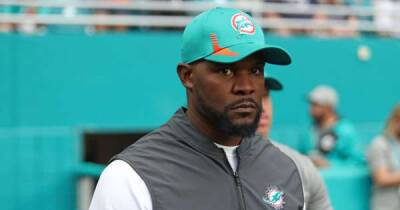Running as equals The elite athletes fighting for acceptance
Scrutiny of women's bodies has played out in the public eye at least since the 1930s, as women's athletics gained greater visibility. Ahead of the 1936 Berlin Olympics, former International Olympic Committee (IOC) President Avery Brundage advocated for systematic medical examinations of athletes competing in women's events.
At the 1936 Games, 100m gold medalist Helen Stephens was accused of being a man. The American runner underwent — and passed — the first sex test administered at an event. She is pictured here (left) with Poland’s Stella Walsh, the 100m silver medalist.
1960s ‘Nude parades’The first systematic sex tests took place at the 1966 European Athletics Championships in Budapest, where women underwent a visual examination of the genitals and secondary sexual features, carried out by a panel of three women doctors. The exams have been referred to as «nude parades.»
«You had to go in and pull up your shirt and push down your pants,» said Maren Sidler, an American shotputter at the 1967 Pan-American Games in Winnipeg. «I remember one of the sprinters — a tiny, skinny girl — came out shaking her head back and forth saying, ‘Well, I failed. I didn’t have enough up top.'”
1967 S&G/PA Images/Getty Images First disqualificationPolish sprinter Ewa Klobukowska, an Olympic gold medalist, failed a sex test at the 1967 European Cup in Kiev. It included a chromosomal test after a visual exam was determined to be ambiguous.
1968 From Ms. Magazine New IOC testingThe IOC introduced Barr body testing at the Mexico City Olympics, calling it “simpler, objective and more dignified.” The test was based on cells collected from the







